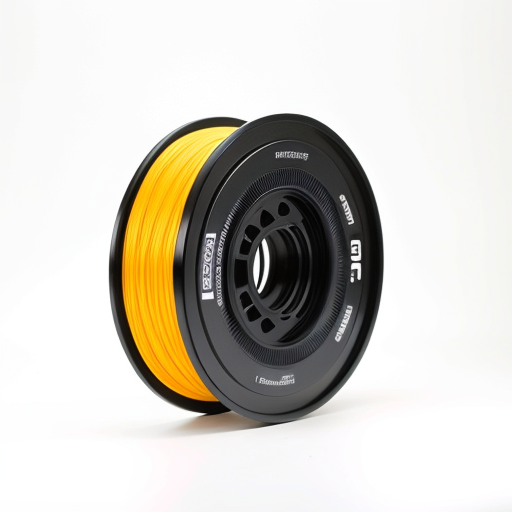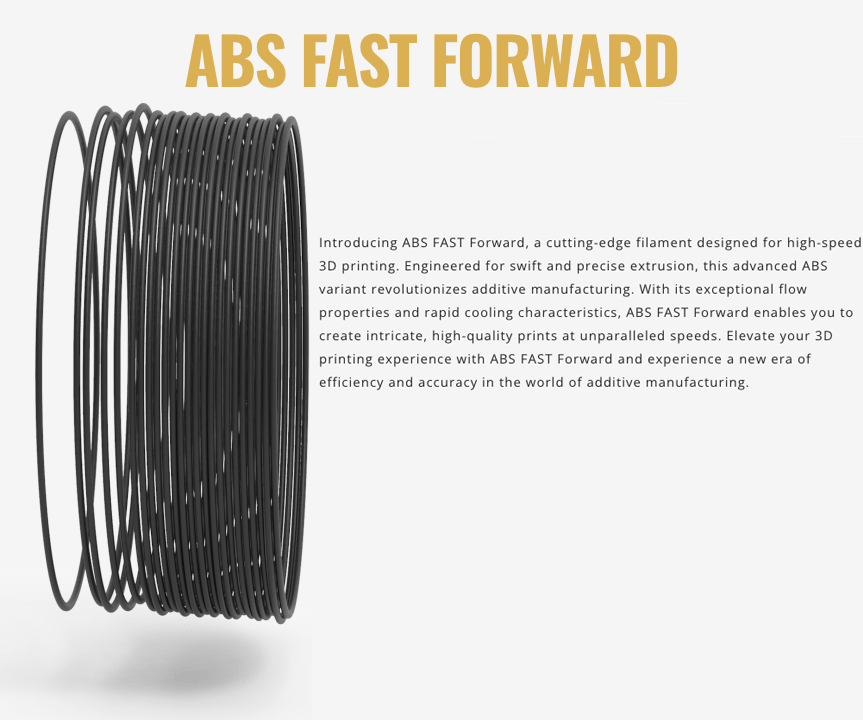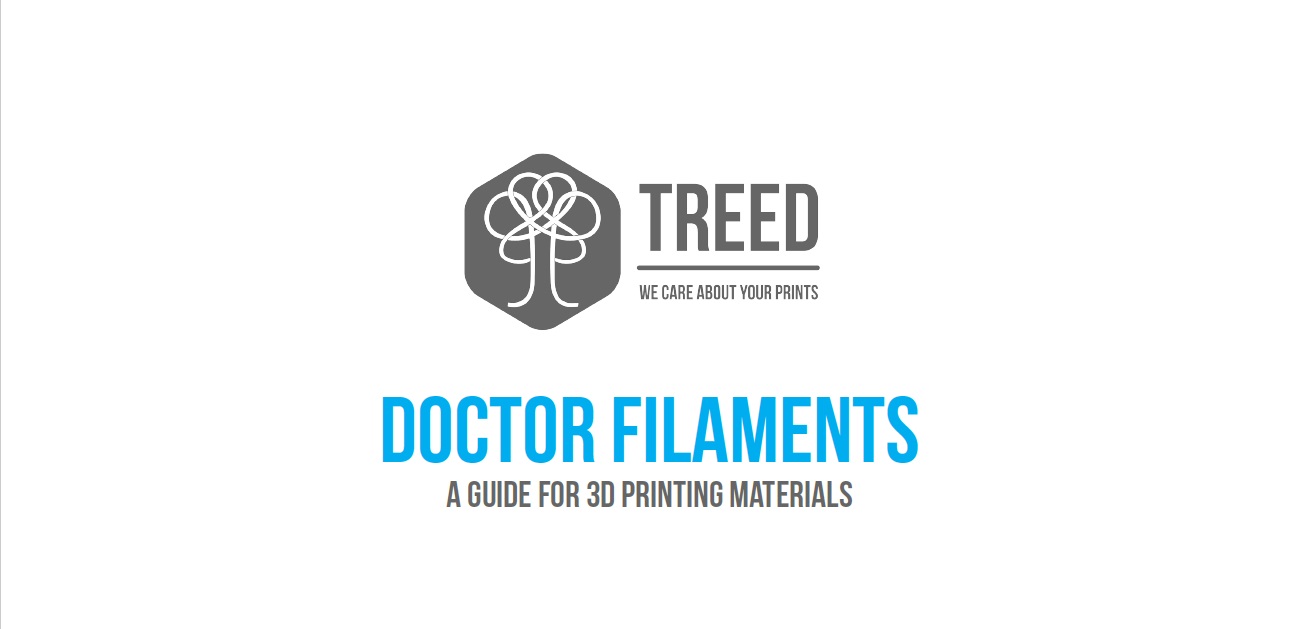WHERE WE WILL GO TOGETHER
TreeD Filaments wants to bring the highest number of plastic materials to the world of 3D printing.
Objective: to create a real integration between traditional (injection) and additive (3D) printing. We want to allow you to create functional prototypes and pre-series that correspond as much as possible to those obtained with traditional methods.
In the industrial field, there are not only PLA and PETG, which are the most popular materials in the world of 3D printing!
There are many materials, each with its own history and characteristics.
We want to introduce them to you, for a better printing every day, more suited to your needs. TreeD Filaments wants to help the user not only to use the chosen material but, first of all, to choose the best material for the application you want to materialize.
From today, TreeD Filaments will be at your side with neutral advice and useful information: materials that you will learn to know better and that, from now on, you can view in our catalog.
[pdf-embedder url=”https://treedfilaments.com/wp-content/uploads/2020/10/polymer_family_grande.pdf”]
WHAT WE WILL TELL YOU AND WHAT NOT
In this bi-monthly journey, made up of in-depth articles, we will not tell you which materials to use to make a bottle, a screw, a mechanical component with your 3D printer. We will try to give you some useful examples – yes – but, above all, we will try, with a series of articles, to give you the tools to be able to independently choose the right material for your project.
The materials, in fact, overlap in characteristics and, often, it is necessary to cross all the values, understand which characteristics are predominant in our project and make the best choice. What is the best choice? It must be evaluated from time to time, without standards to be strictly followed.
The best choice is the one that will allow you to have a balanced and functional product for your needs.
TRADITIONAL METHODS AND 3D PRINTING: WE COMBINE KNOWLEDGE
Let’s face it: if we want to learn how to use the 3D printer we have to stop thinking as if the material we use were to be used in traditional injection printing.
The two processes are highly different and, if we do not consider the peculiarities of one method and the other, we risk having a different result from what we expect. Choosing the material randomly is a bit like deciding to put diesel in a petrol car: either it doesn’t work or it works badly.
The use of the correct fuel will make the difference in engine operation: petrol and not diesel. In printing, the situation is not so different: choosing the correct material for that specific printing process allows us to have a result that is consistent with expectations.
At the base of everything, there is knowledge: of the material and of the two printing processes. We at TreeD are here for this. In injection molding, in fact, the material is compressed inside the mold while, in 3D printing, the material lay on the ideal three-dimensional line of the desired shape.
The processes that are triggered are different and must be evaluated differently. The risk is to have the same material that, printed with the traditional method instead additive printing, gives results that are far from each other.
We will try to guide you in exploiting the knowledge already established in traditional printing and applied and adapted to 3D printing.
HOW TO READ THE LABEL / TECHNICAL SHEET (TDS)
It seems a paradox but it is so: it is often the technical data sheets that create false expectations and problems in the use of materials of any brand.
This happens because in the plastic field, as for example in the food sector, you have to learn to read the labels and not suffer the information that is transmitted. The values you find in the data sheets, in fact, refer to specimens printed with the traditional injection method. Too bad that the references and values for 3D printing change often and willingly and, precisely on this change, the success and balance of the final project is at stake. In some cases the same values may be obtained, in others, however, we witness a worsening of the mechanical characteristics.
The variables are linked to the type of printer and the programming software.




0 Comments